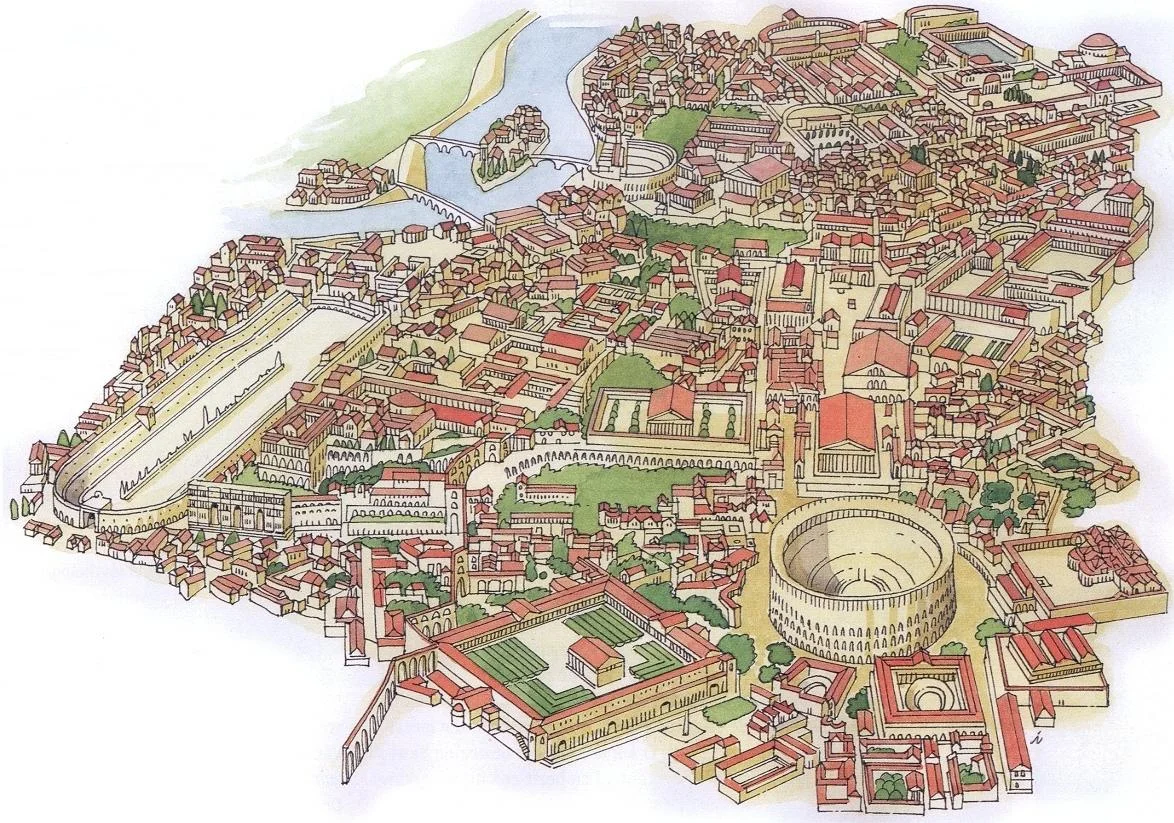The best judgments are made with a “scout” mindset—your job is to survey the terrain and understand it—rather than that of a “soldier” whose job is to win a battle (or an argument). A social scientist explains the difference.
Read MoreThe growing movement to end exclusive single-family zoning—as Oregon just did in its cities—is not a radical or untested experiment: it’s a return to a historical norm. The actual radical experiment is the strange notion that a neighborhood should be required to contain only one type of home.
Read MoreMixed-use, walkable neighborhoods have enduring appeal, are more financially productive than auto-oriented places… and we still don’t allow nearly enough of them to be built. A new study surveys the landscape of walkability in America’s large metropolitan regions.
Read MoreGoogle wants to dedicate $1 billion to creating housing in the San Francisco Bay Area. This is a big enough number to make a real dent, but will it help tackle the systemic issues driving the region’s housing crisis?
Read MoreMost neighborhoods face a stark choice between the trickle or the fire hose: either virtually no new development or investment, or cataclysmic change that leaves a place unrecognizable. We need to get out of this destructive dichotomy.
Read MoreWe use the phrase “traditional development pattern” in dozens of Strong Towns essays. Here’s your one-stop-shop explainer article as to what that means.
Read MoreIncrementalism is not an end in itself. It’s not about stubborn insistence on some sort of small-is-beautiful aesthetic for its own sake. Incremental development is a practical means to the end of resilient, financially sound places.
Read MoreFear of drastic change drives many people’s reservations about policies to reduce car-dependence, like eliminating parking minimums. The reality is that we can make a lot of incremental steps to make cars a bit less necessary, less of the time—and the differences between existing places on this front can provide a template.
Read MoreWe’ve destroyed so many traditional, human-scale neighborhoods in America that we tend to think of the ones that remain—like New Orleans’ famous French Quarter—as inherently exotic, the kind of place you love to visit but certainly wouldn’t live. Let’s stop treating timeless, great urban design like it’s only for tourists.
Read MoreOur goal is to inspire millions of advocates to shout from the rooftops that our approach to growth and development has to change, until Strong Towns ideas become as ubiquitous as the air you breathe. There’s a long way to go, but we see it working.
Read MoreI’m a member of the Strong Towns movement because I love the place I live, enough to want to change the destructive path it’s on. I know there are many thousands out there like me. Our movement needs you more than ever.
Read MoreAs a planner by training, I’m disappointed to see the American Planning Association parrot propaganda about the supposed need for a flood of new federal money for infrastructure. This approach is not conducive to good planning.
Read MoreMany of the cities we live in are under intense economic, social, and environmental stress. But how do we start to change the local planning status quo when the public doesn’t trust planners or policy experts?
Read MoreAn interview with Steve Nygren, developer of Serenbe, Georgia, about how Serenbe is unlike conventional suburbia, and why Nygren thinks it holds lessons for how all of our communities could achieve a better way of life at a lower cost.
Read MoreThe drumbeat from the lobbying organizations behind Infrastructure Week is, as usual, that we need to build more in America—and it scarcely seems to matter what we build, where, or why. This view is as shortsighted and dangerous as ever.
Read MoreA new study provides the first experimental evidence that better street lighting has a cause-and-effect relationship with reduced crime. Lighting is an example of the kind of low-cost, high-returning public investment that’s all around us… but that our cities too often ignore.
Read MoreMore than ever of what we make is produced with little thought to its durability. But what happens when we apply this mindset to the very communities we live in?
Read MoreA bill that has passed the Florida Senate proposes to build over 300 miles of new toll roads deep into rural areas of the state. Proponents claim it’s necessary to prepare for coming population growth. They couldn’t be more wrong.
Read MoreThat high-end apartment building over there has nothing to do with the low-income families who need affordable housing over here, right? In fact, we’re all more connected than we tend to think—and a new study demonstrates this in a surprising way.
Read MoreA deep, dredged ship canal is a recipe for catastrophic flooding in a hurricane, whereas a coastal marsh absorbs the surge of water in a way that lets life continue to flourish. This analogy has something important to teach us about urban streets.
Read More



















